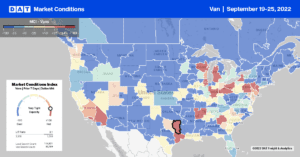
Dry Van Report: Truckload tonnage continues to rise
Load posts in the top 10 freight markets, representing 26% of total load posts, increased by 2% last week, reversing the three-week spot rate decline.

Load posts in the top 10 freight markets, representing 26% of total load posts, increased by 2% last week, reversing the three-week spot rate decline.
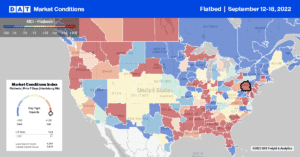
The agricultural industry relies heavily on the flatbed industry for the movement of tractors.
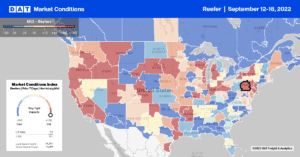
According to USDA refrigerated data, apples rank second in overall refrigerated volume in the U.S. The state of Washington supplies over 85% of the yearly apple volume.

Importers eager to avoid West Coast port congestion and disruptions caused by labor disagreements look to have made the right call regarding cargo routing.

Sept. 21, 2022 – It’s hard to escape just how different trucks are in Michigan.

Since I started my trucking business in 2011, I’ve learned a lot about being in the trucking industry and what it takes to make your operation successful.
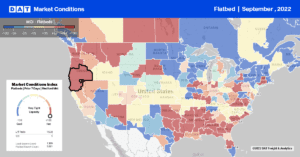
Steel output in the U.S. in the week ending September 3rd fell by 7.7% compared with the same time frame in 2021, according to the American Iron and Steel Institute
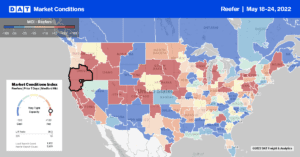
The pains of high inflation are highlighting how consumers are managing their food budgets and where they are focusing their spending.

The Logistics Managers’ Index , which provides insights into the logistics industry by surveying over 100 professionals, came in at 59.7 in August, down from July’s reading of 60.7.

Every year the American Trucking Association celebrates the hard work of the 3.6 million professional men and women who not only deliver our goods safely, securely, and on time but also keep our highways safe.
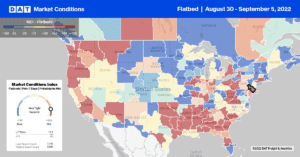
The energy sector is a significant contributor to flatbed demand, and spot rates for many oil-producing lanes, such as Texas to South Dakota, have increased and remained elevated compared to 2021.
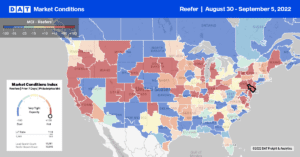
According to USDA data, potatoes are the number one specialty crop by volume for refrigerated shipping.